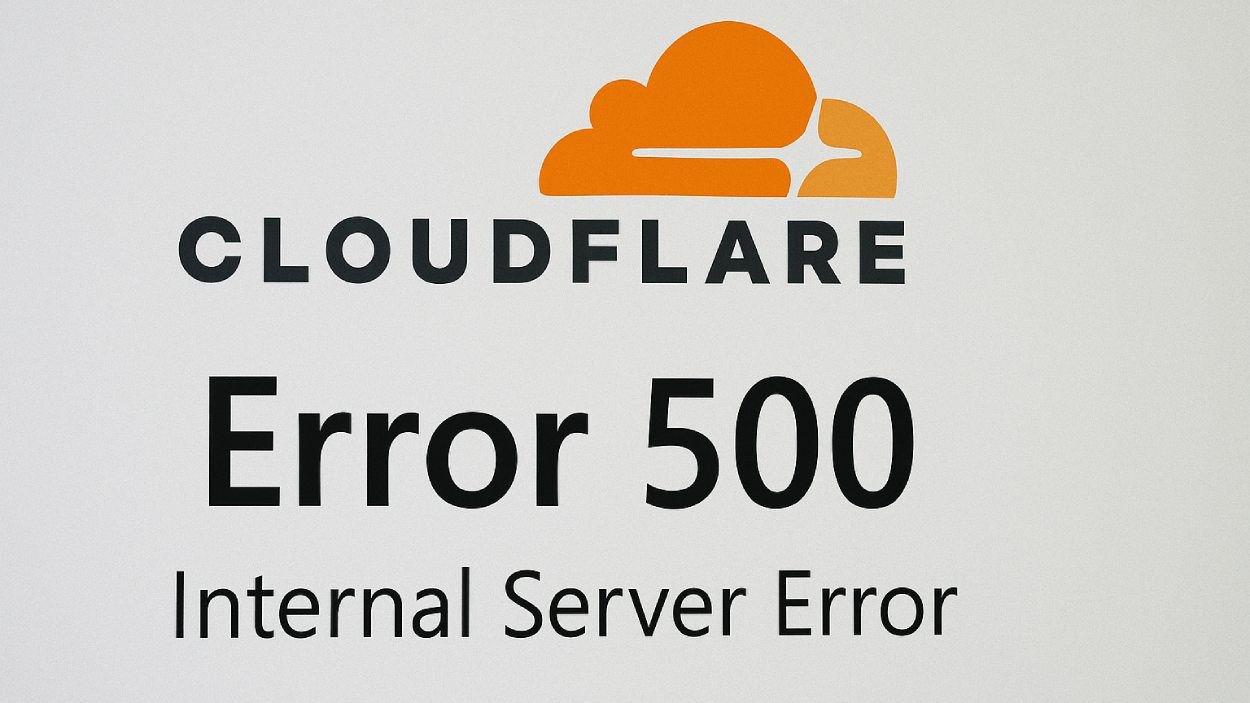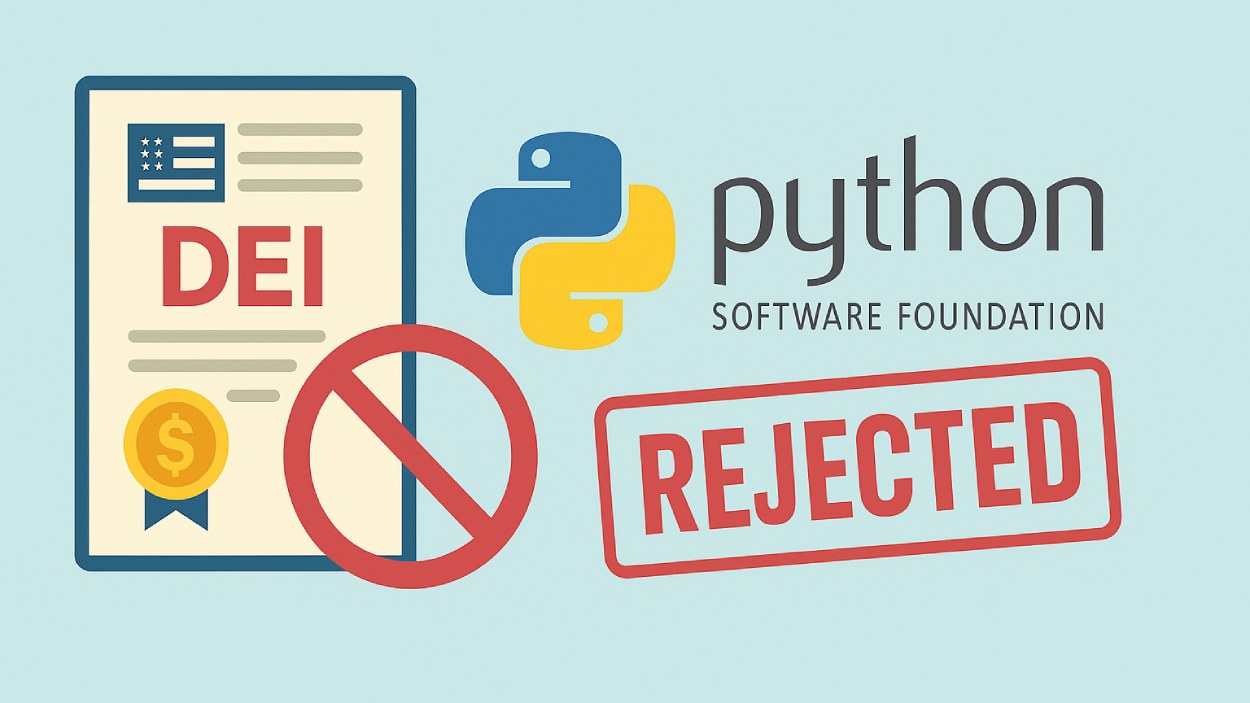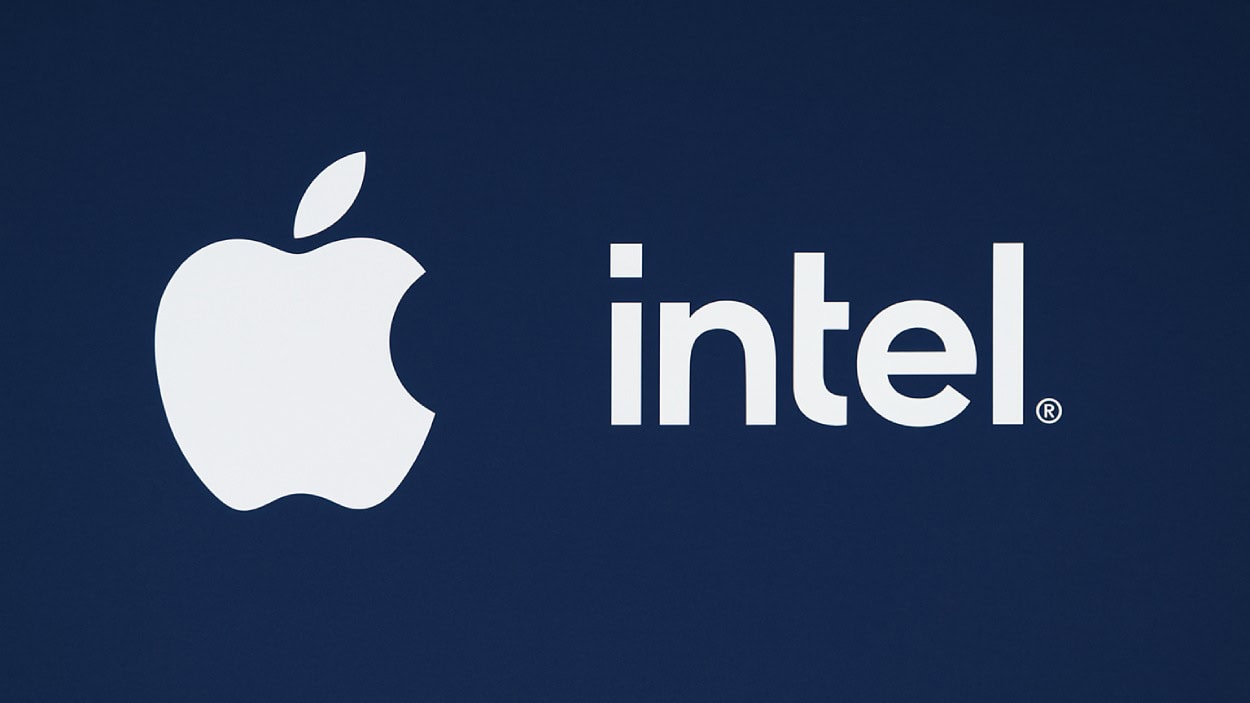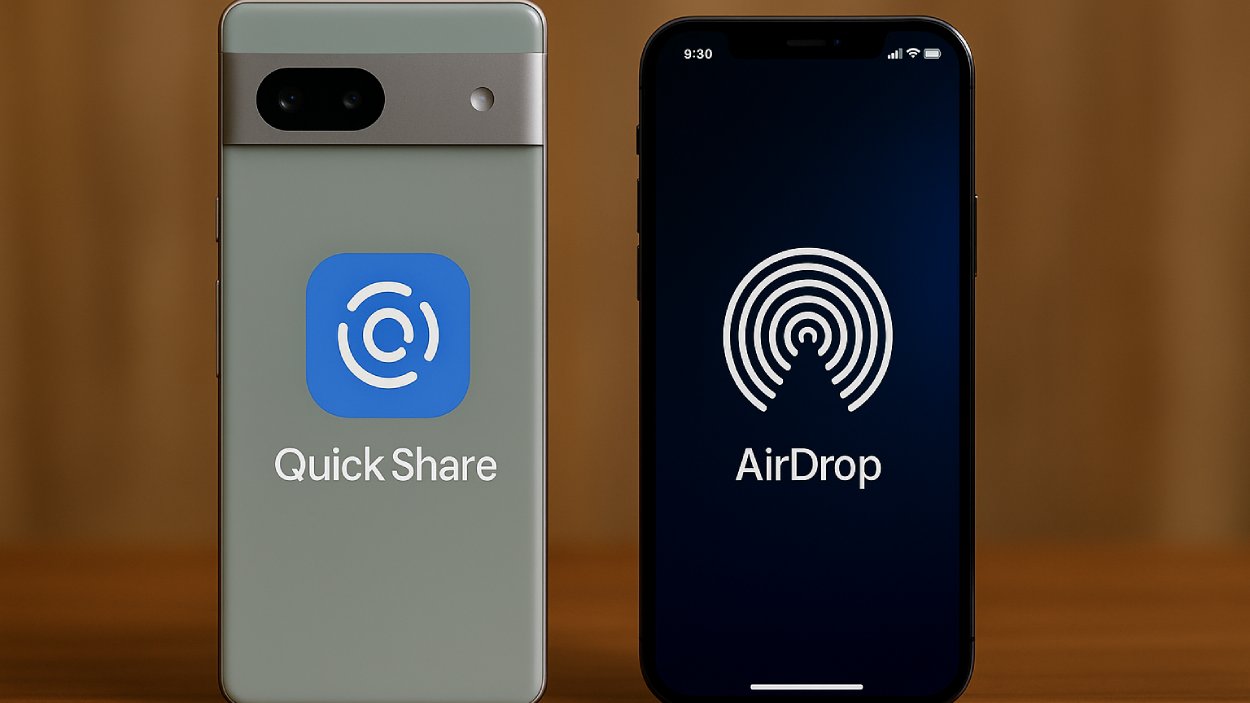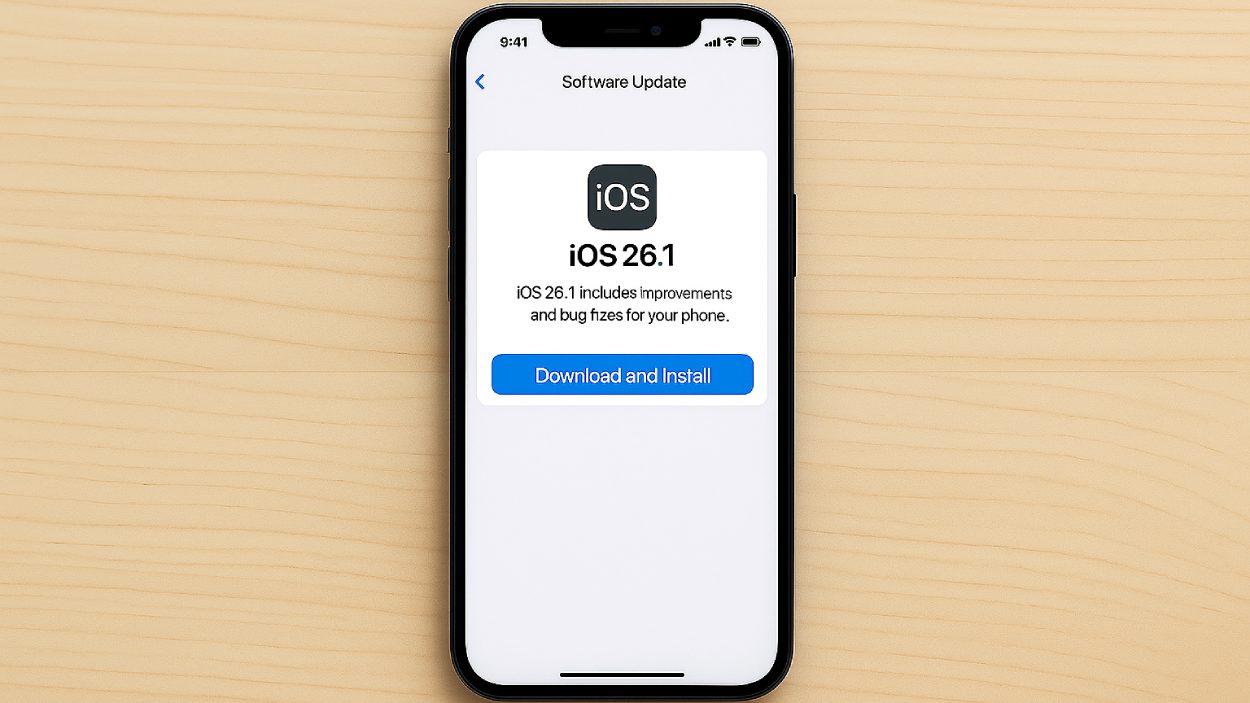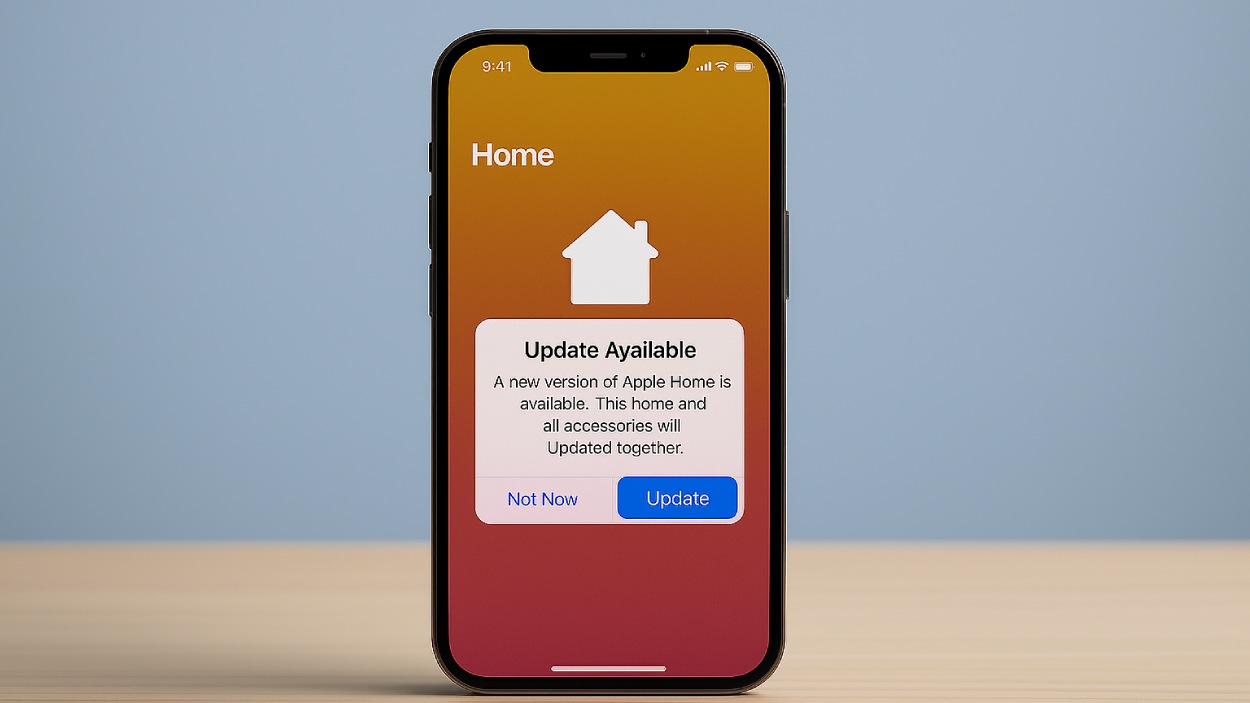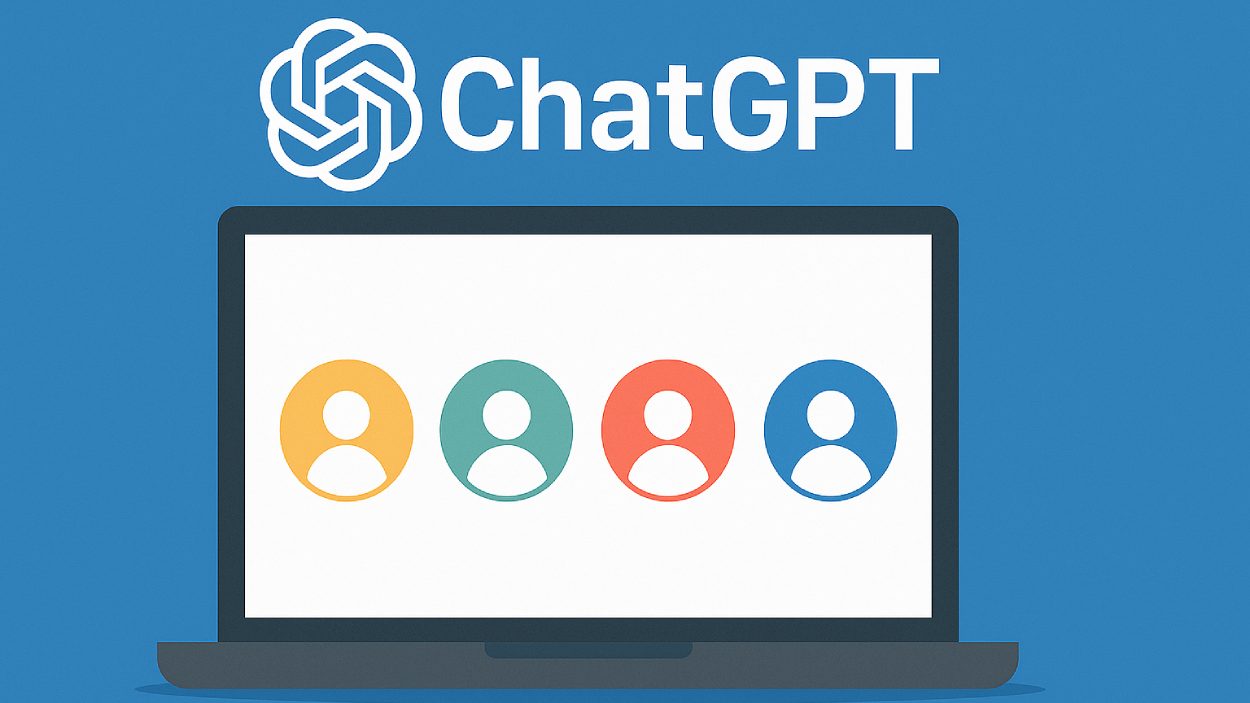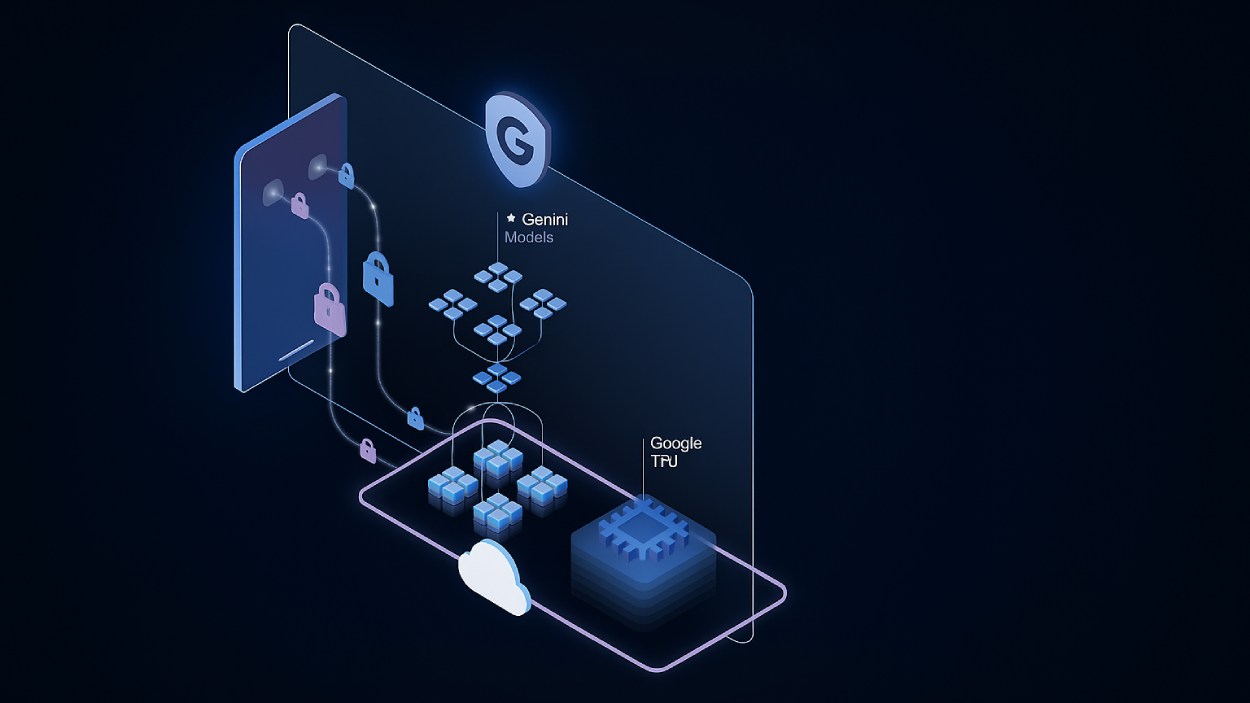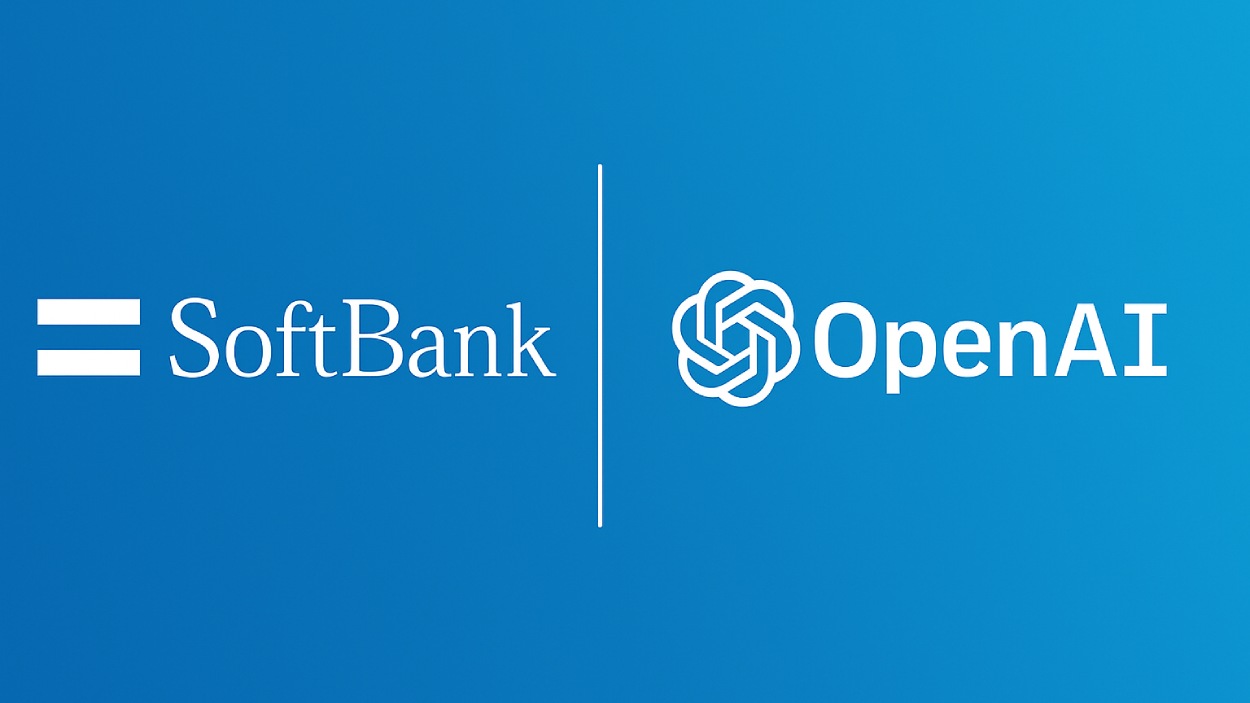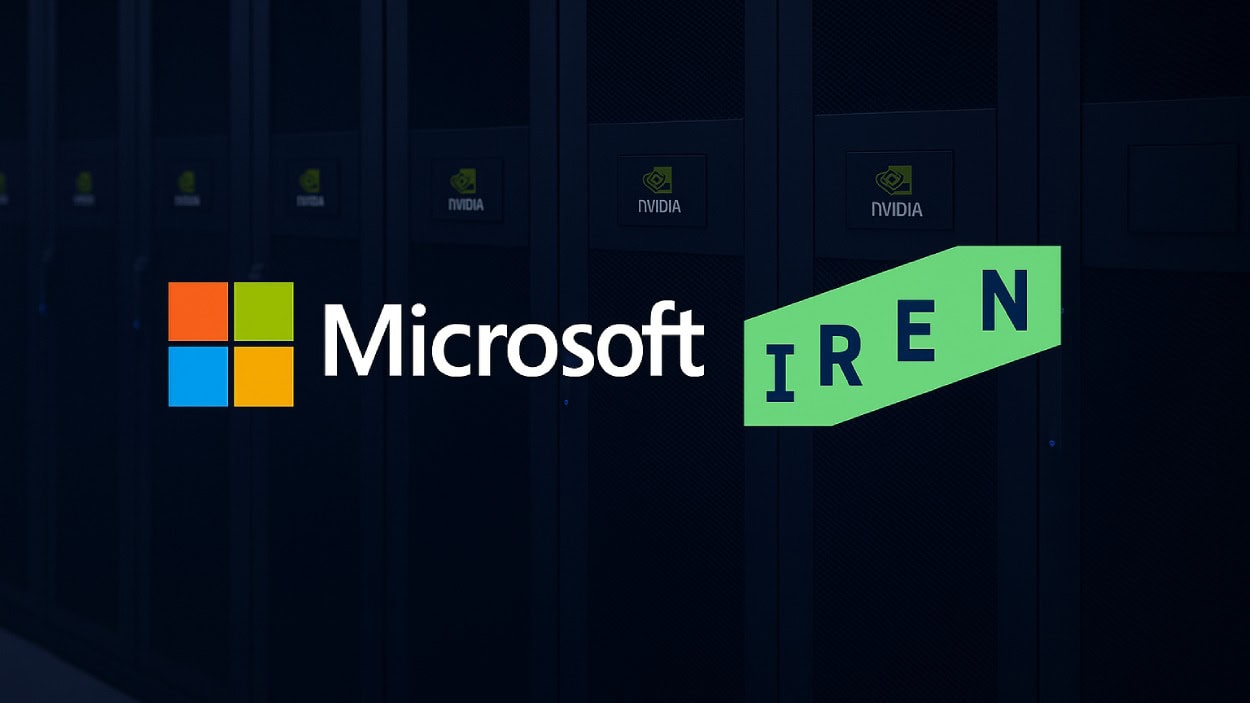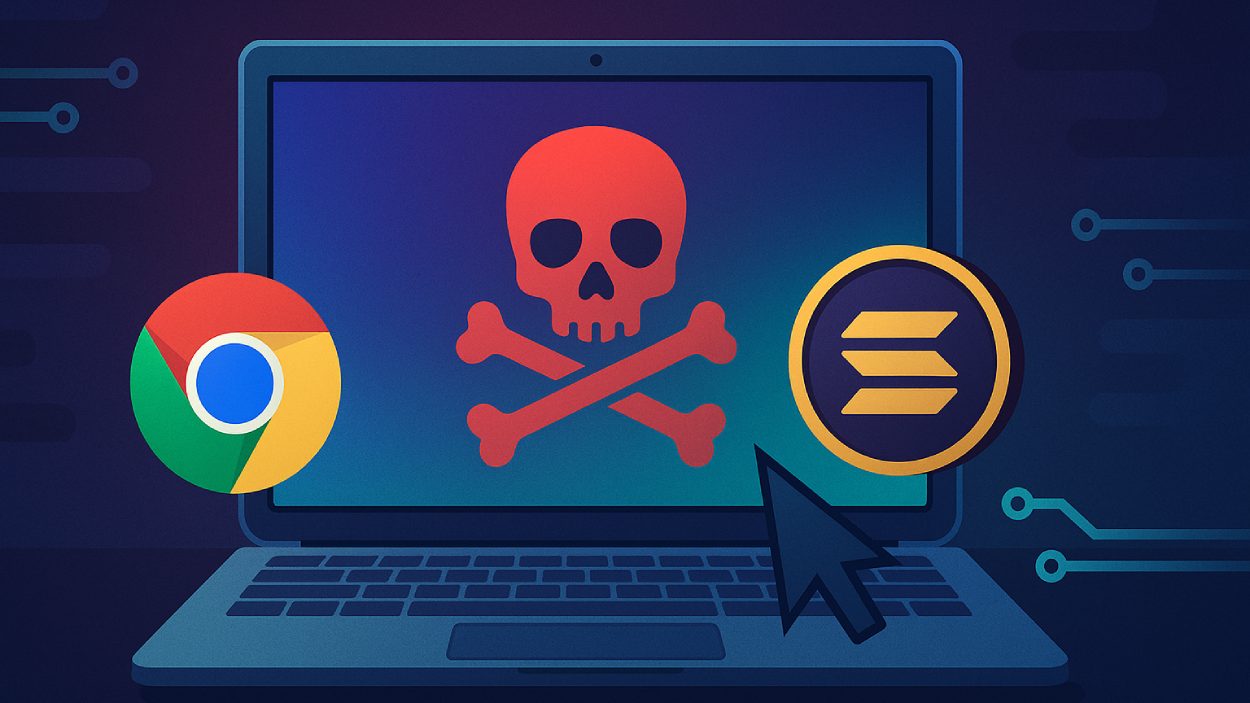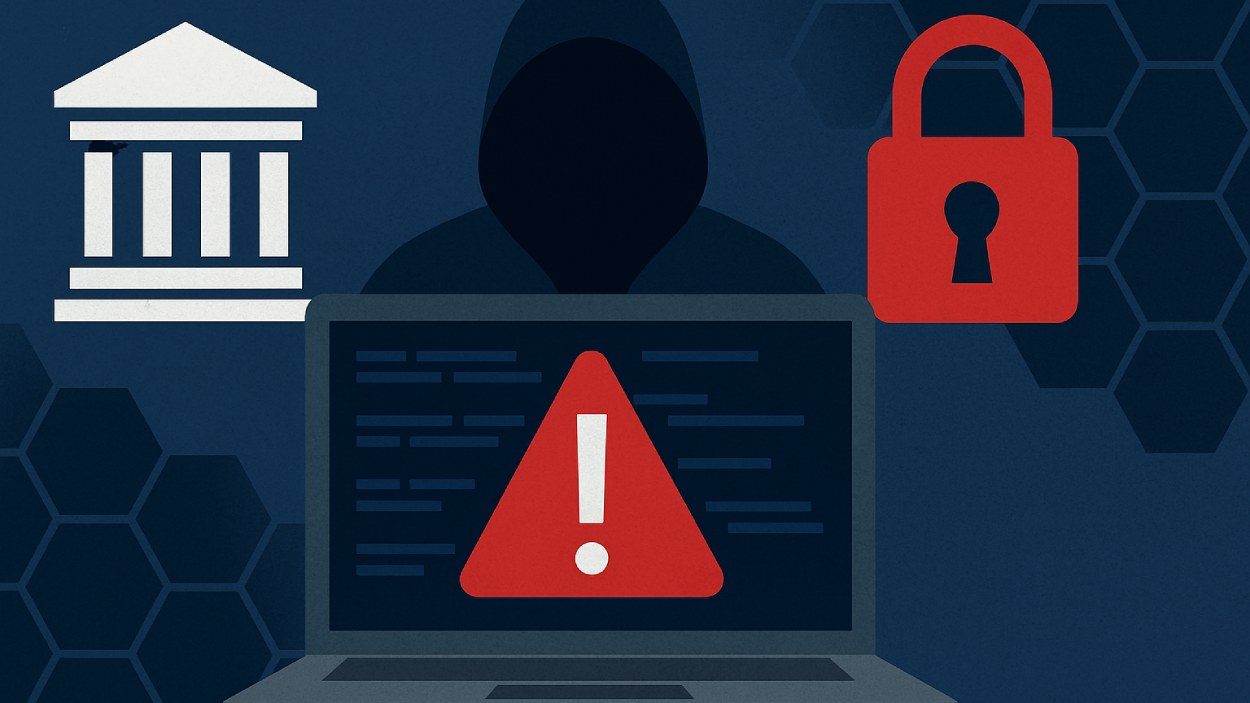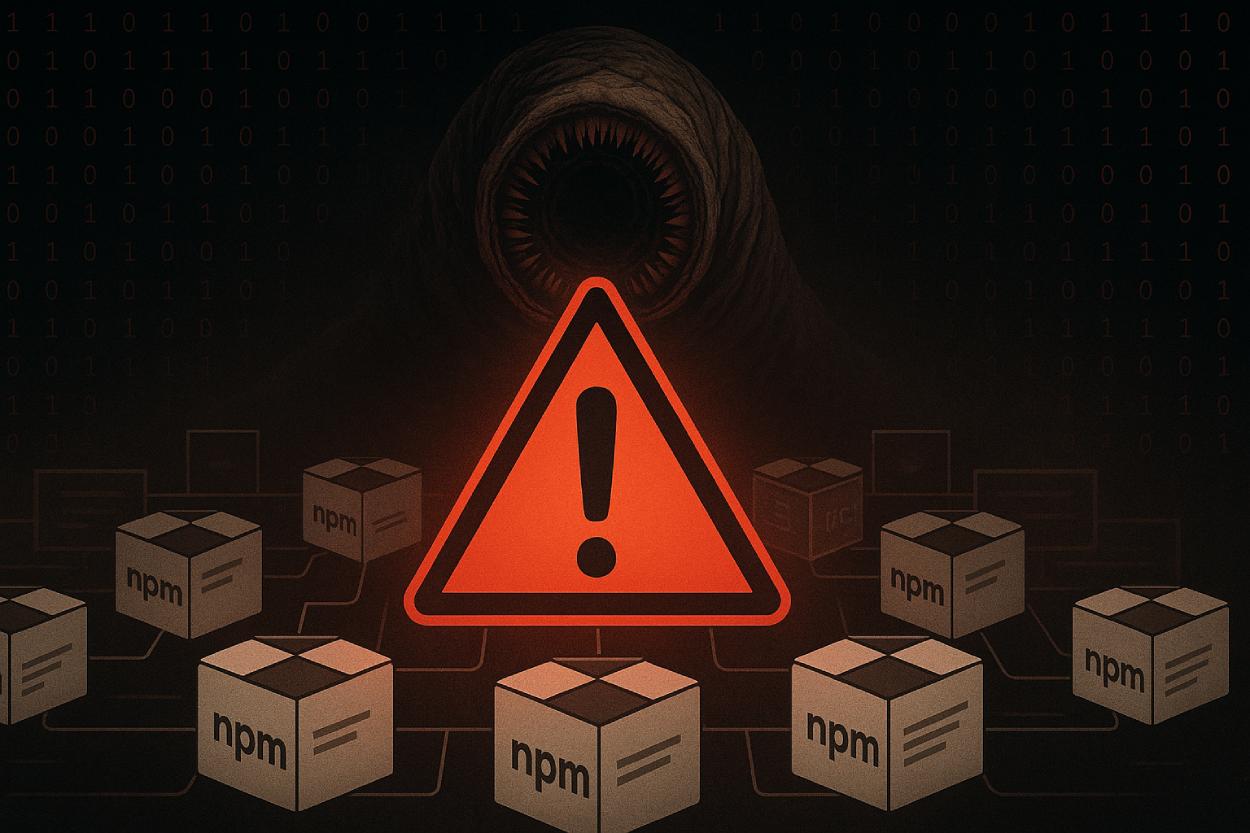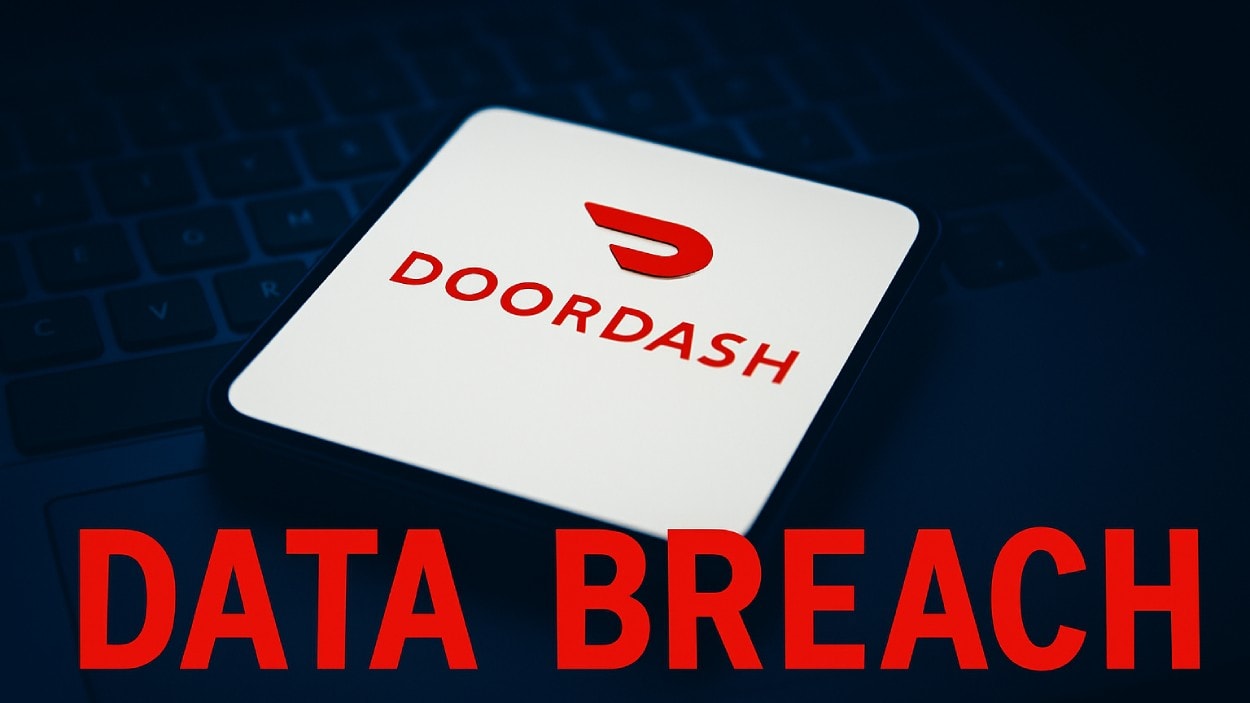One-sentence intro: A critical Windows zero-day vulnerability is being actively exploited, allowing attackers to take full control of affected systems.
Quick Summary – TLDR:
- A zero-day bug in Windows Remote Access Connection Manager, CVE-2025-59230, is under active attack.
- The flaw enables privilege escalation to SYSTEM level on affected machines.
- Microsoft has issued an urgent security update as part of its October 2025 Patch Tuesday.
- The vulnerability impacts multiple versions of Windows including Windows 10, 11, and Server editions.
What Happened?
Microsoft has confirmed that hackers are actively exploiting a newly discovered zero-day vulnerability in the Windows Remote Access Connection Manager (RasMan). The flaw, now tracked as CVE-2025-59230, allows attackers to escalate local privileges to SYSTEM level, granting them complete control over compromised devices. The vulnerability was officially disclosed on October 14, 2025 and has already been used in real-world attacks.
Microsoft Patch Tuesday Fixes 175 Flaws, 2 Zero-Days Actively Exploited
— Secwiser (@Secwiserapp) October 14, 2025
Microsoft fixed 175 vulnerabilities, including two actively exploited zero-days (CVE-2025-24990 and CVE-2025-59230) with CVSS 7.8. CISA added them to its exploited list. The Agere Modem driver was removed,… pic.twitter.com/d4IM2htHNN
A Closer Look at the RasMan Flaw
CVE-2025-59230 stems from improper access control within RasMan, a service that handles remote connections such as VPNs and dial-up on Windows systems. This bug can be exploited by attackers who already have local access, even with low-level user privileges. From there, they can bypass standard security boundaries to gain full system control.
Key details of the vulnerability include:
- Vulnerability Type: Elevation of Privilege
- CVSS v3.1 Base Score: 7.8 (High)
- Access Vector: Local
- Attack Complexity: Low
- Privileges Required: Low
- User Interaction: None
- Impact on Confidentiality, Integrity, Availability: High
- Exploit Maturity: Functional code exists and is being used
This makes CVE-2025-59230 particularly dangerous in enterprise environments, where attackers could pair it with phishing campaigns or existing malware infections to move laterally and compromise entire networks.
How the Exploit Works?
Although Microsoft has not disclosed technical details of the attacks, researchers note that potential exploitation techniques may involve:
- Registry manipulation
- DLL injection into RasMan processes
- Overwriting files in the RasMan directory to inject malicious code
Once malicious code is placed, restarting the RasMan service triggers execution with elevated SYSTEM privileges. This grants the attacker the ability to:
- Modify or delete any data
- Install malicious programs
- Create new admin accounts
- Maintain persistent backdoor access
Who Is Affected?
The vulnerability affects a wide range of systems, including:
- Windows 10 (versions 1809 and later)
- Windows 11
- Windows Server 2019 through 2025
These versions all include the vulnerable RasMan component. Microsoft has released a patch as part of the October 2025 Patch Tuesday, and all users are urged to apply the update without delay.
What Microsoft and Experts Recommend?
Microsoft has classified the exploitability rating as “Exploitation Detected,” indicating that hackers are already targeting vulnerable systems in the wild. While no public proof-of-concept code has surfaced yet, functional exploits are known to exist privately.
Security professionals advise the following steps:
- Immediately install the October 2025 patches from Microsoft.
- Monitor logs for unusual privilege escalation behavior.
- Limit local user permissions where possible.
- Strengthen endpoint detection tools to flag suspicious RasMan activity.
SQ Magazine Takeaway
Honestly, this kind of zero-day feels like déjà vu. Every time a privilege escalation flaw like this shows up, it’s a big reminder that local access is still a goldmine for attackers. What’s scary is how simple the exploitation is once someone is in. No fancy hacking skills needed, just a low-level user account and full SYSTEM access is unlocked. If you haven’t patched your Windows systems yet, stop reading and go do that now. These bugs are gold for ransomware gangs and espionage crews alike.






































